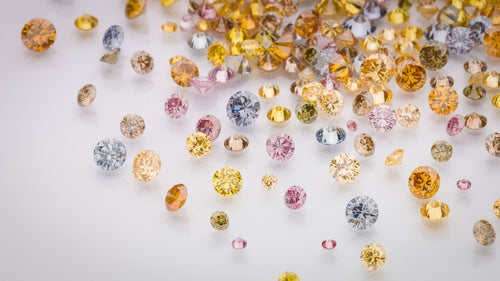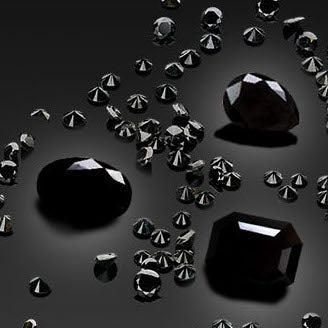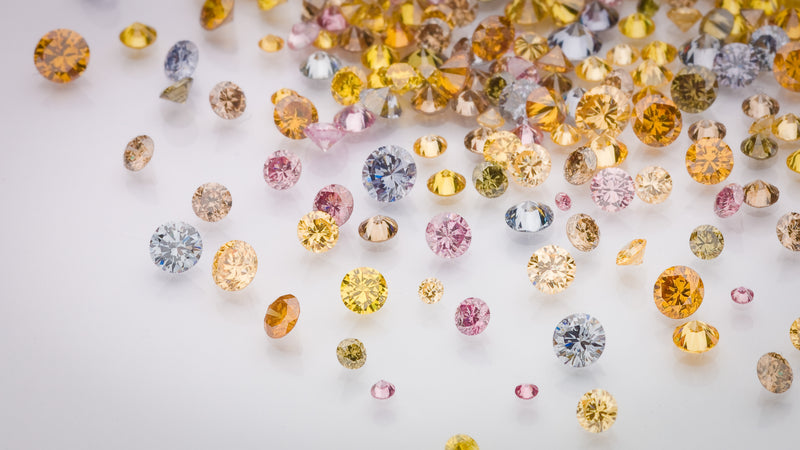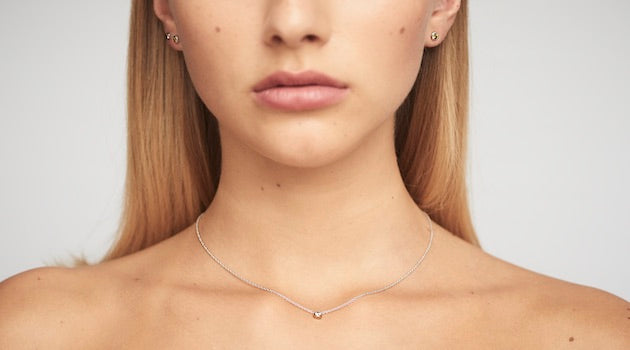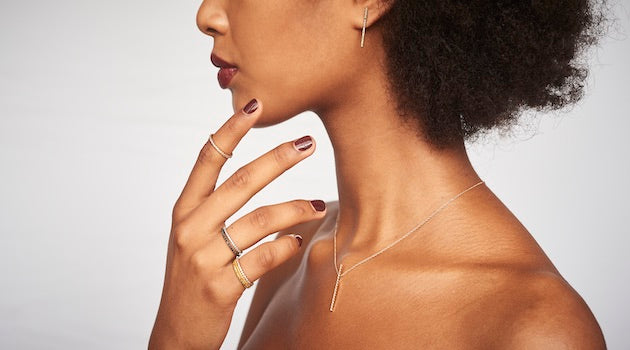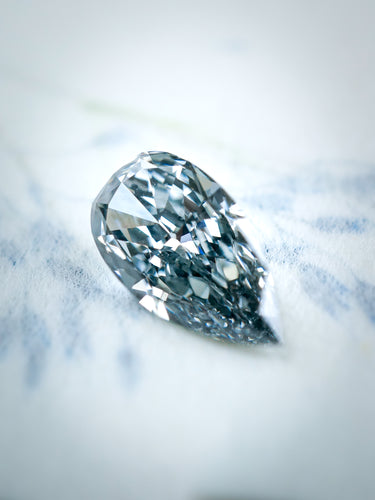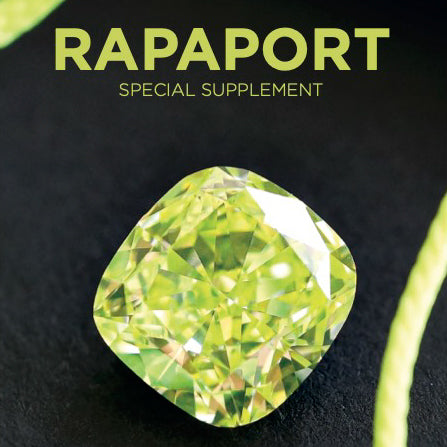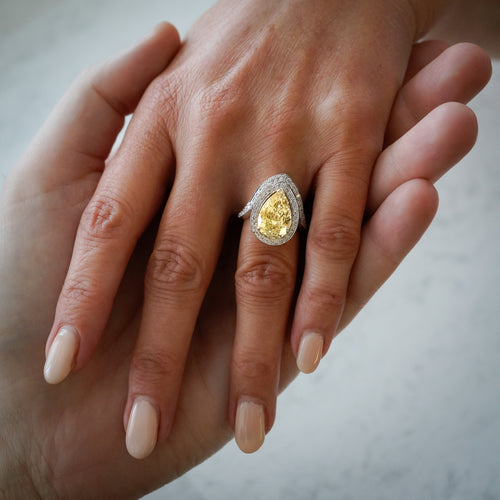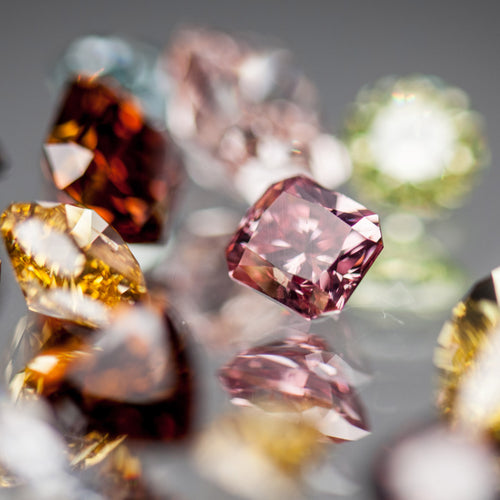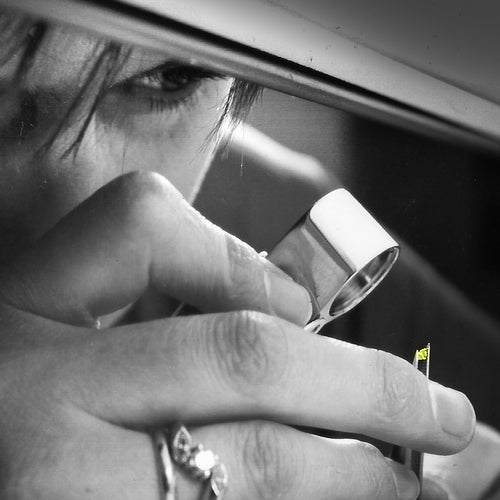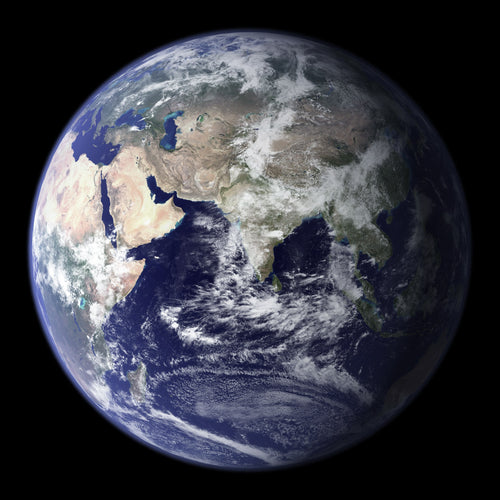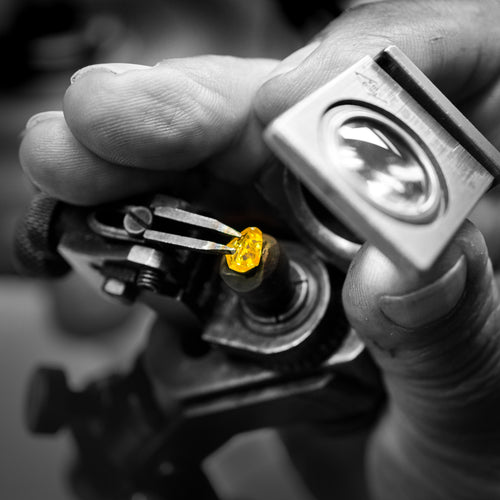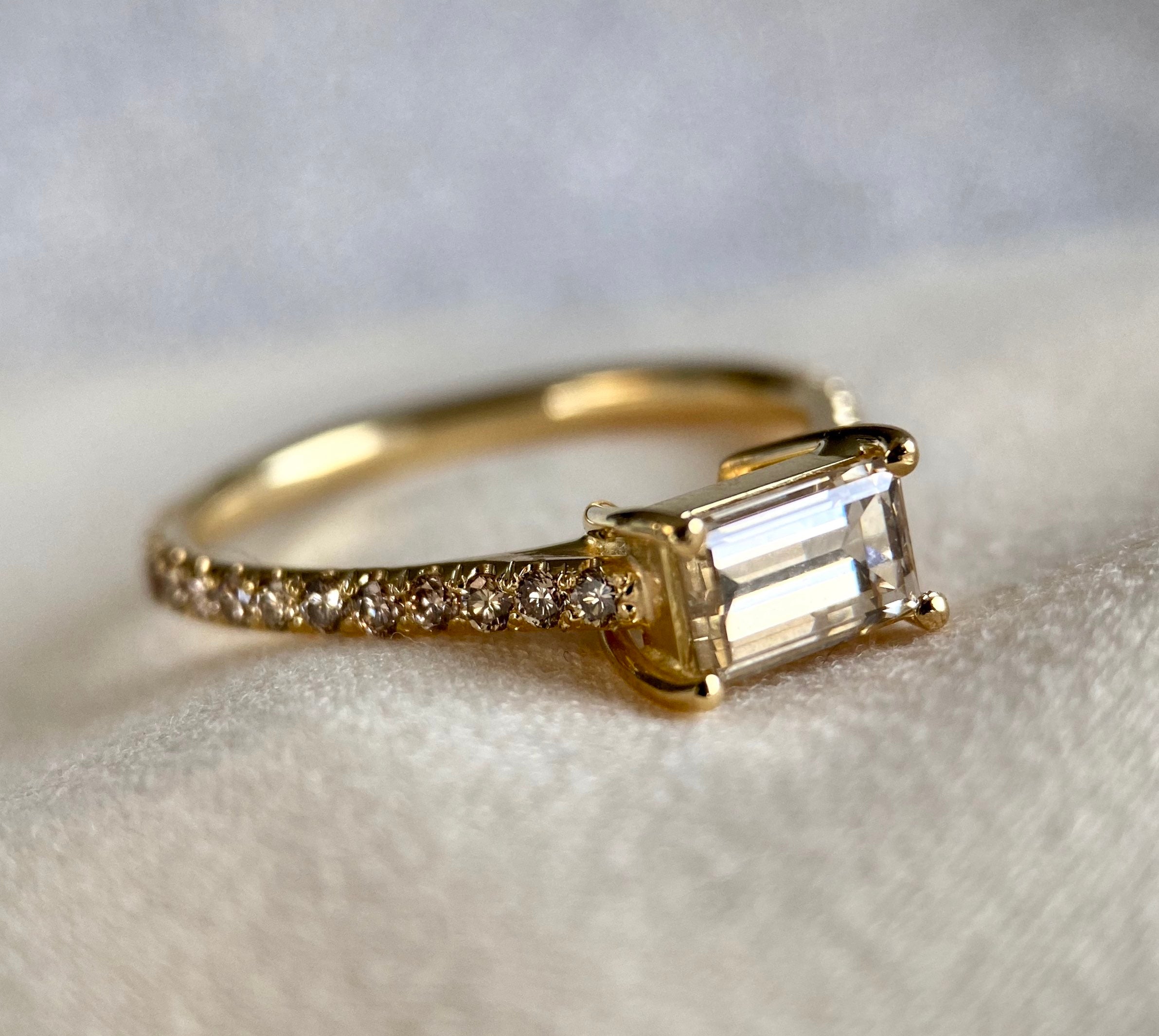


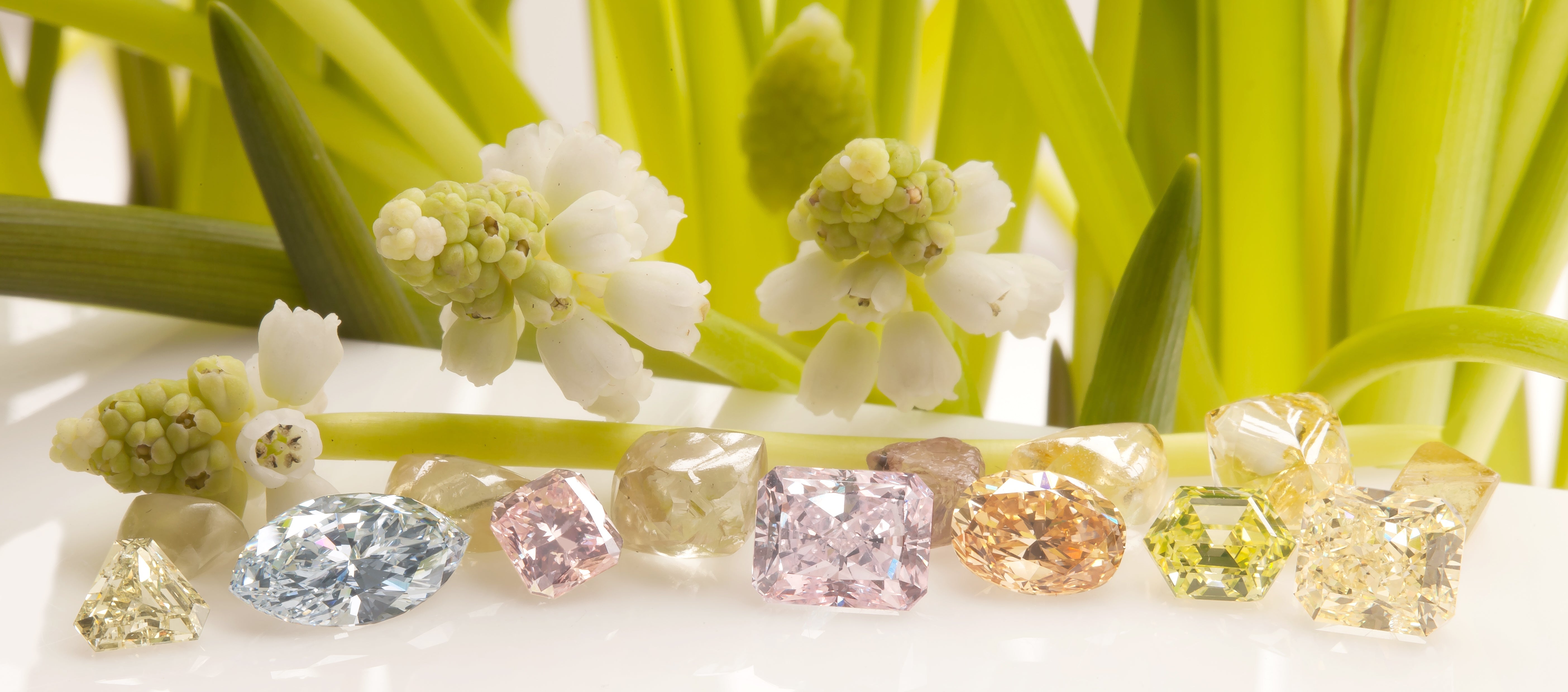

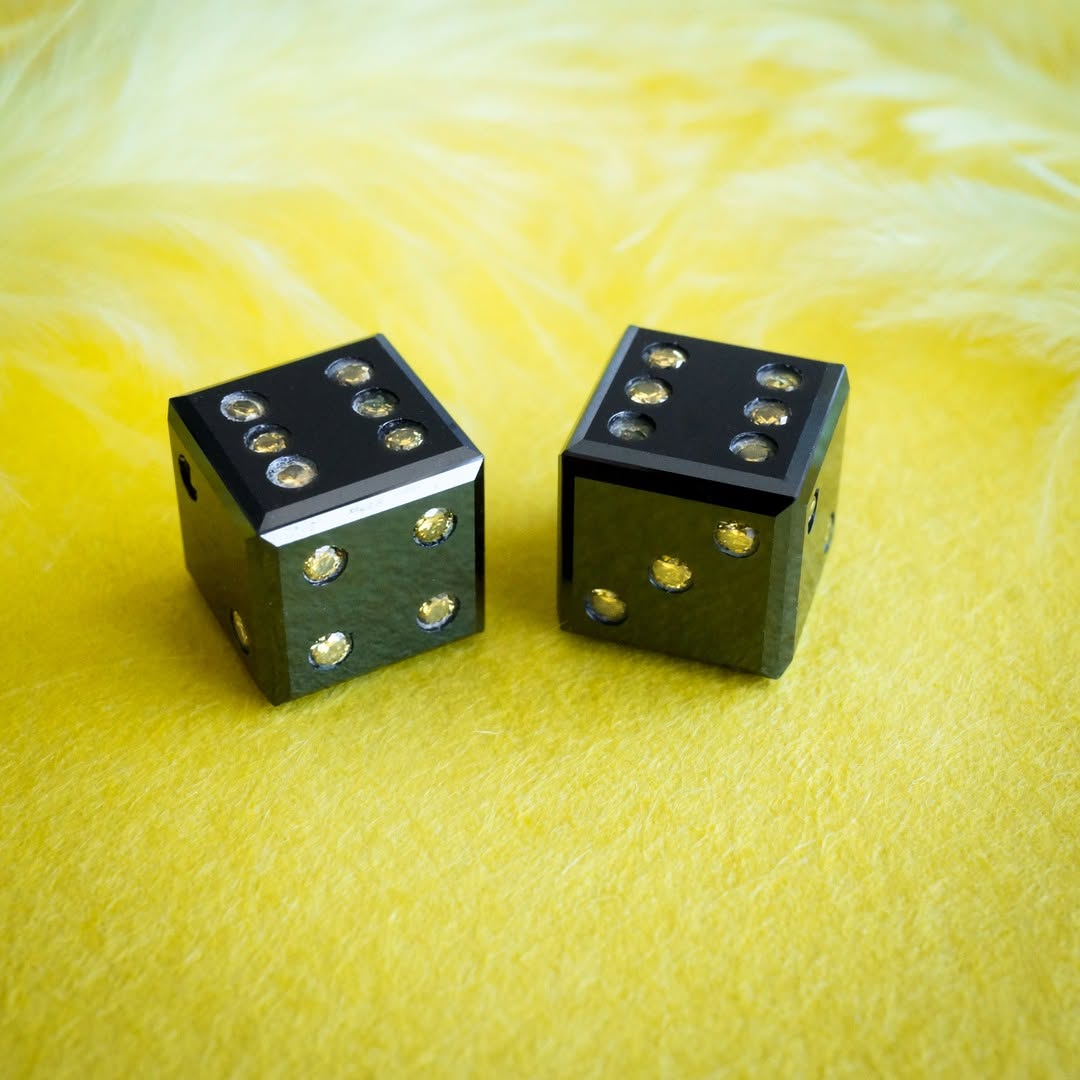
Because Holiday Time is Reading Time
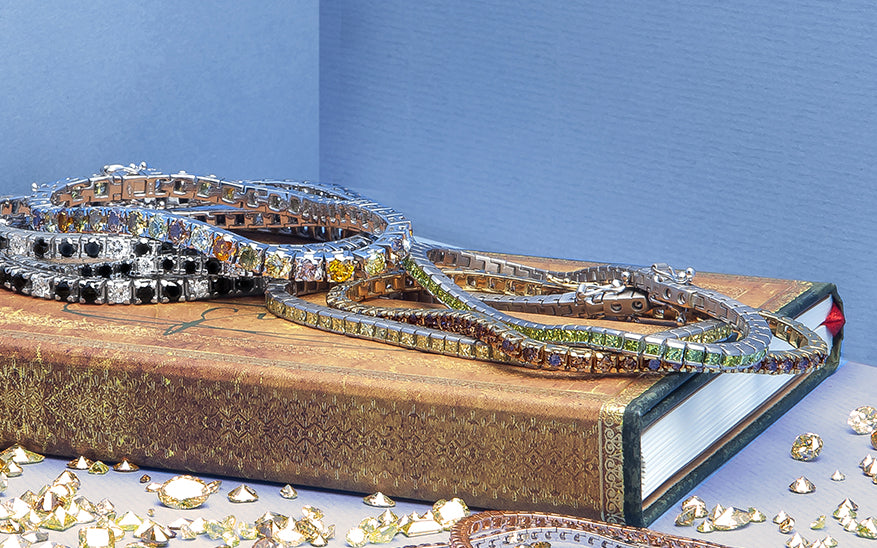
Summer often brings the opportunity to dive into a book or two. If you are searching for the perfect read this summer we have a few suggestions you will want to add to your library and/or coffee table.
Beginning with the “classics” for gem lovers is Jean - Baptiste Tavernier’s "Travels In India, Vol. I", which offers a detailed historical account of the 15th-century French merchant’s travels and acquisition of what is now known as the “Hope Diamond” which he sold to Louis XIV. His travels take him throughout Europe, onto Persia and finally, India and Java. You get a sense of the zeitgeist through the historical descriptions of the ruling empires along with the value of coins, weights, and measurements described in the book which are outlined in an appendix.

Delving into a more contemporary jet set of who’s who is, "Van Cleef & Arpels Treasures and Legends". Pages of photographs of amazing jewels by the house of Van Cleef & Arpels serve to illustrate the inside stories behind the jewels, jewelers, and the people they belong to such as The Maharani of Baroda, the Duchess of Windsor, Princess Lilian of Belgium, Elizabeth Taylor, Marlene Dietrich, Princess Grace of Monaco, Maria Callas, Barbara Hutton and the Countess of Camargo and others. “They are all the heroines of this incredible epic full of rubies, diamonds, emeralds, and sapphires.” The book is written by Vincent Meylan, who has written several books on the history of jewels around the world, including "Bulgari’s Treasures of Rome" and "Boucheron: Secret Archives", both of which are equally beautiful and full intrigue.

Another sumptuous publication is, "Cartier" written by Hans Nadelhoffer. Much more than the classic coffee table book, it also explores the designs and lives of the artistic talents of their creators. It includes biographies of the artists of the famous jewelry house, recent history, their famous clients and how the businesses got started.

New on the shelf is this year’s "The Cartier Collection: Jewelry" by Francois Chaille, Michael Spink, Christophe Vachaudez, Thierry Coudert and Violette Petit.This double-volume is strong on images, with more than 600 objects and drawings from Cartier’s vast archives, some previously unseen, and reproduced at actual size. Included is Cartier’s famous “bestiary” of exotic animals as well as more recent rare brooches, necklaces, and bracelets from the 1960s and 1970s.

More recent publications that are sure to take center stage on your bookshelf can be found in this link, to an article published in the NewYork Times this past spring. All of the books selected are very visual and offer insight into the creation of contemporary jewelry designs with an eye towards the East, as told through designers such as Hong Kong based Michelle Ong, founder of the Carnet label, Taiwanese jeweler Anna Huand and Mumbai-based jeweler Farah Khan.
For further technical reading and inspiration, you could not do better than "Looking at Jewelry: A Guide to Terms, Styles, and Techniques", released in June, 2019. "This volume, geared toward jewelry makers, scholars, scientists, students and fashionistas alike, begins with a lively introduction that offers a cultural history of jewelry and its production. The main text provides information on the most common, iconic, and culturally significant forms of jewelry and also covers materials, techniques, and manufacturing processes.”

And finally, your library would not be complete without "Diamonds" by Marijan Dundek. “A practical guide that will be useful to anyone involved with diamonds, whether they already have some knowledge of the subject or are coming to it for the first time." The book contains a wealth of vivid color illustrations and is both highly informative and a delight to browse. Of note is the section on natural color diamonds, written with the expert assistance of Langerman Diamonds. Although natural color diamonds are the rarest and most intriguing diamonds of all and at the top of the diamond industry in terms of value, collectability and rarity, there is in fact not a great deal of published information about this topic available.Therefore, this book is definitely a must have for anyone interested in having the most comprehensive information on natural color diamonds. You can look forward to the descriptions and illustrations of each main color group along with the main factors that determine their quality and value.
So whether you prefer a historical travel log, an artistic coffee table book full of colorful glossy images or more technical reads, there is sure to be something for everyone. Enjoy your summer and be sure to enjoy a good book or two!
